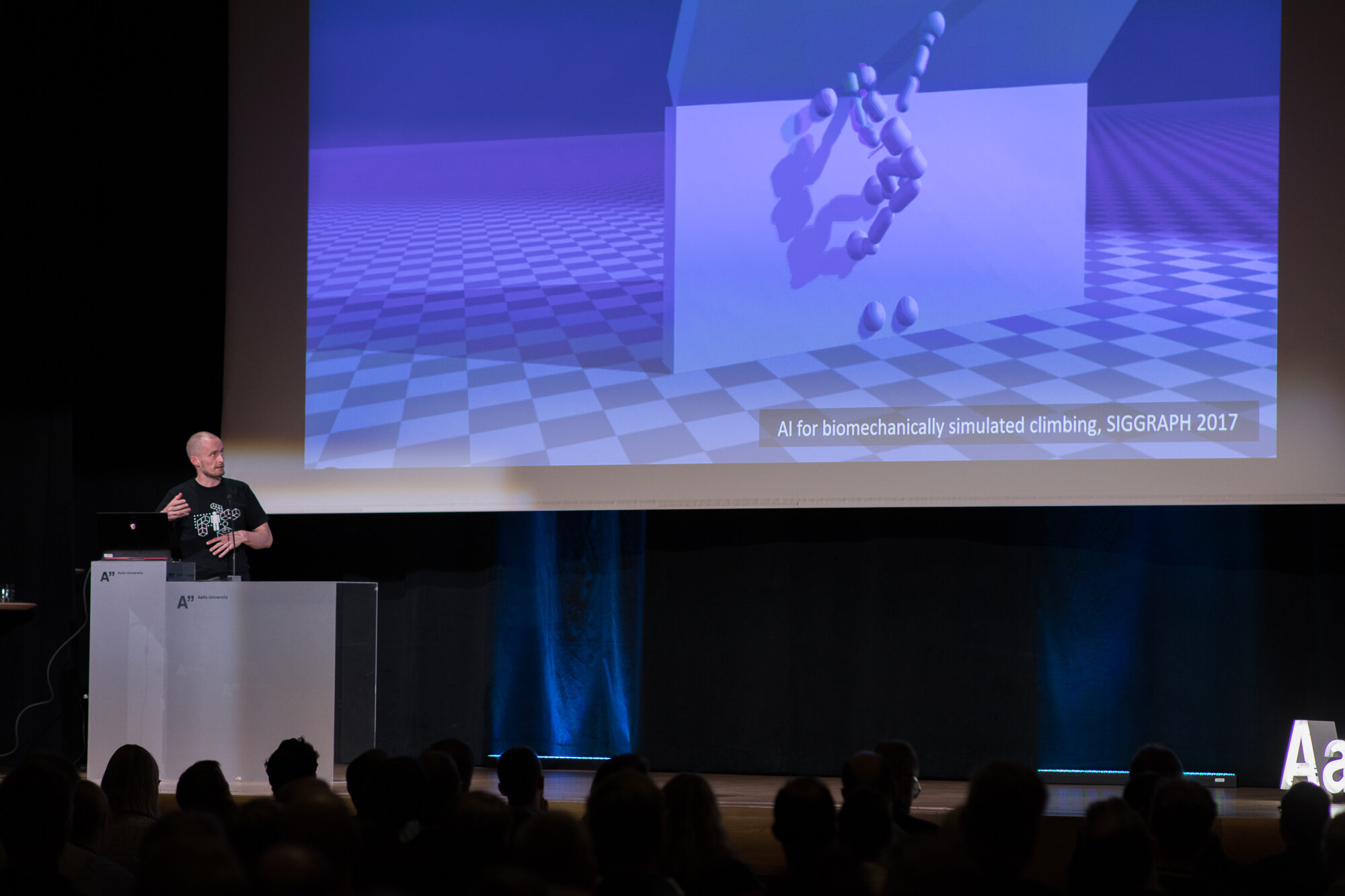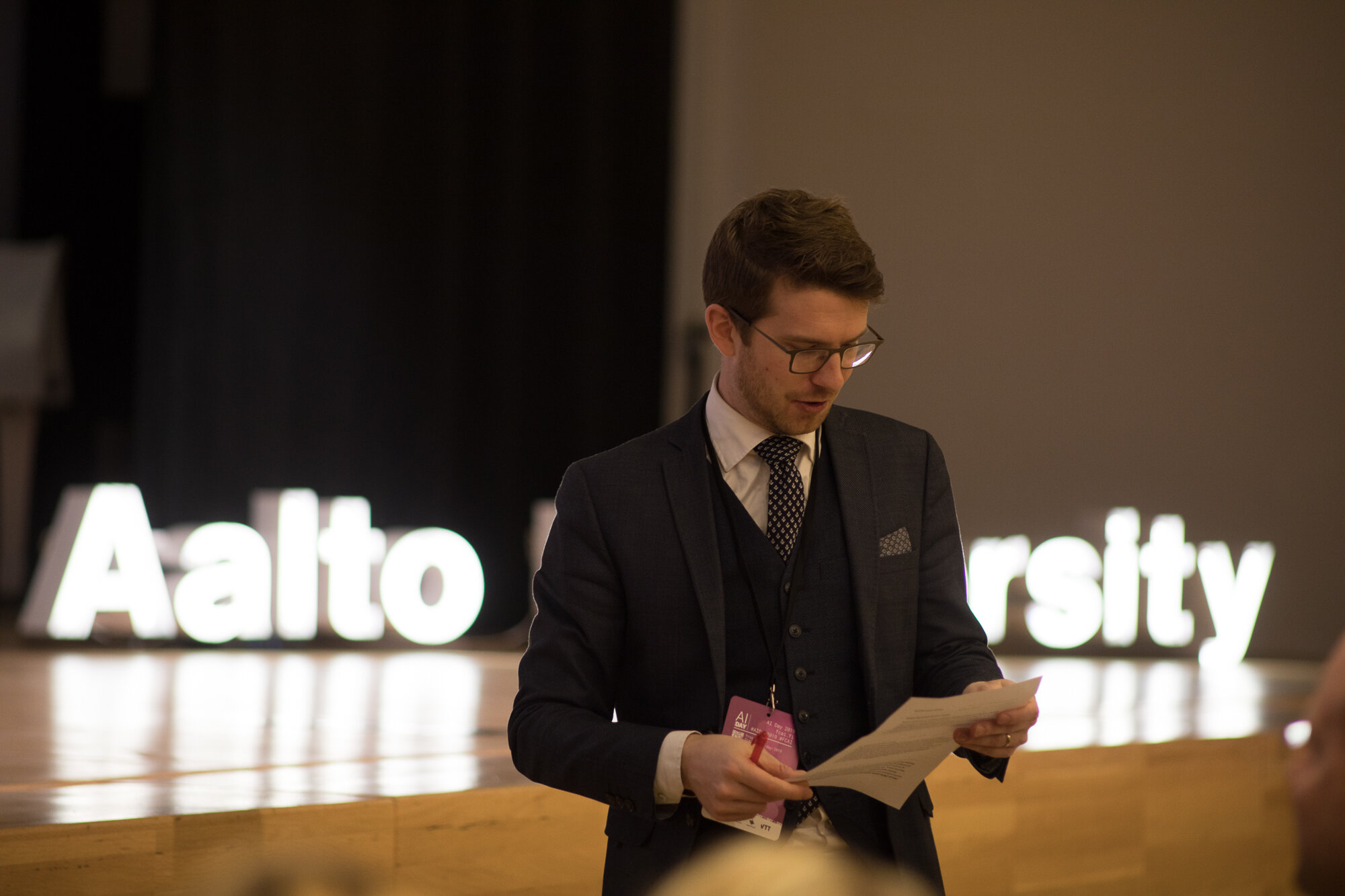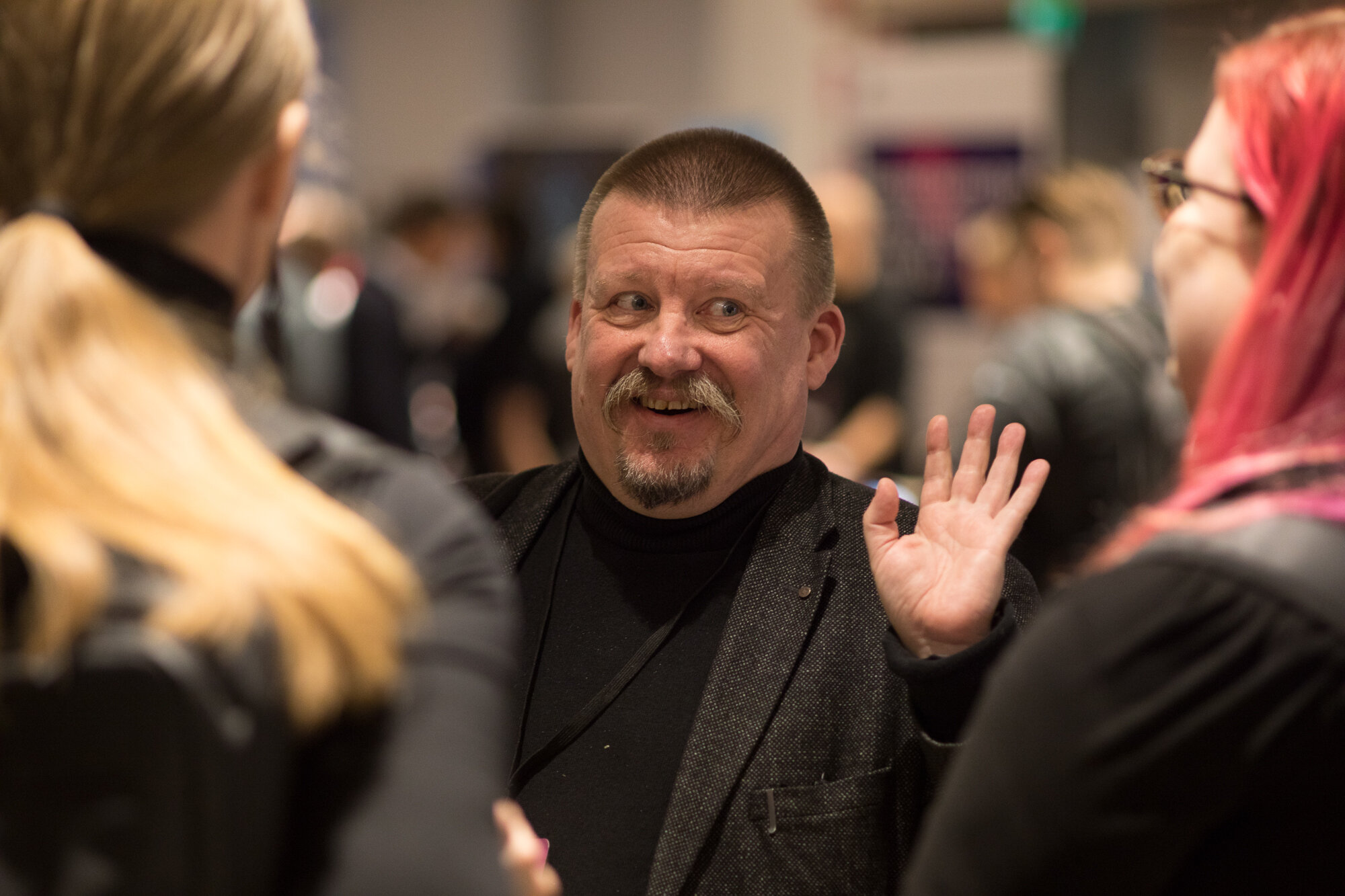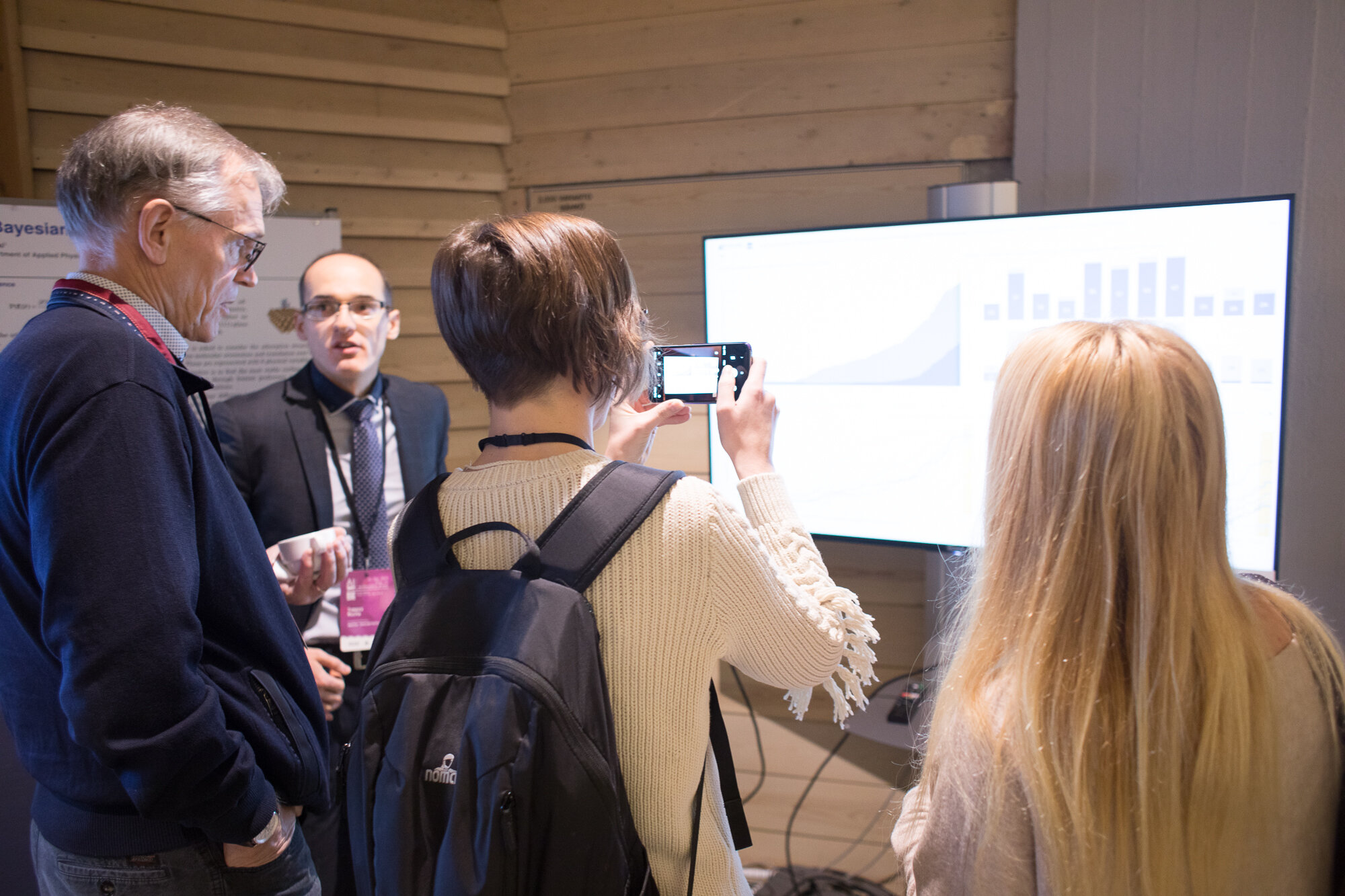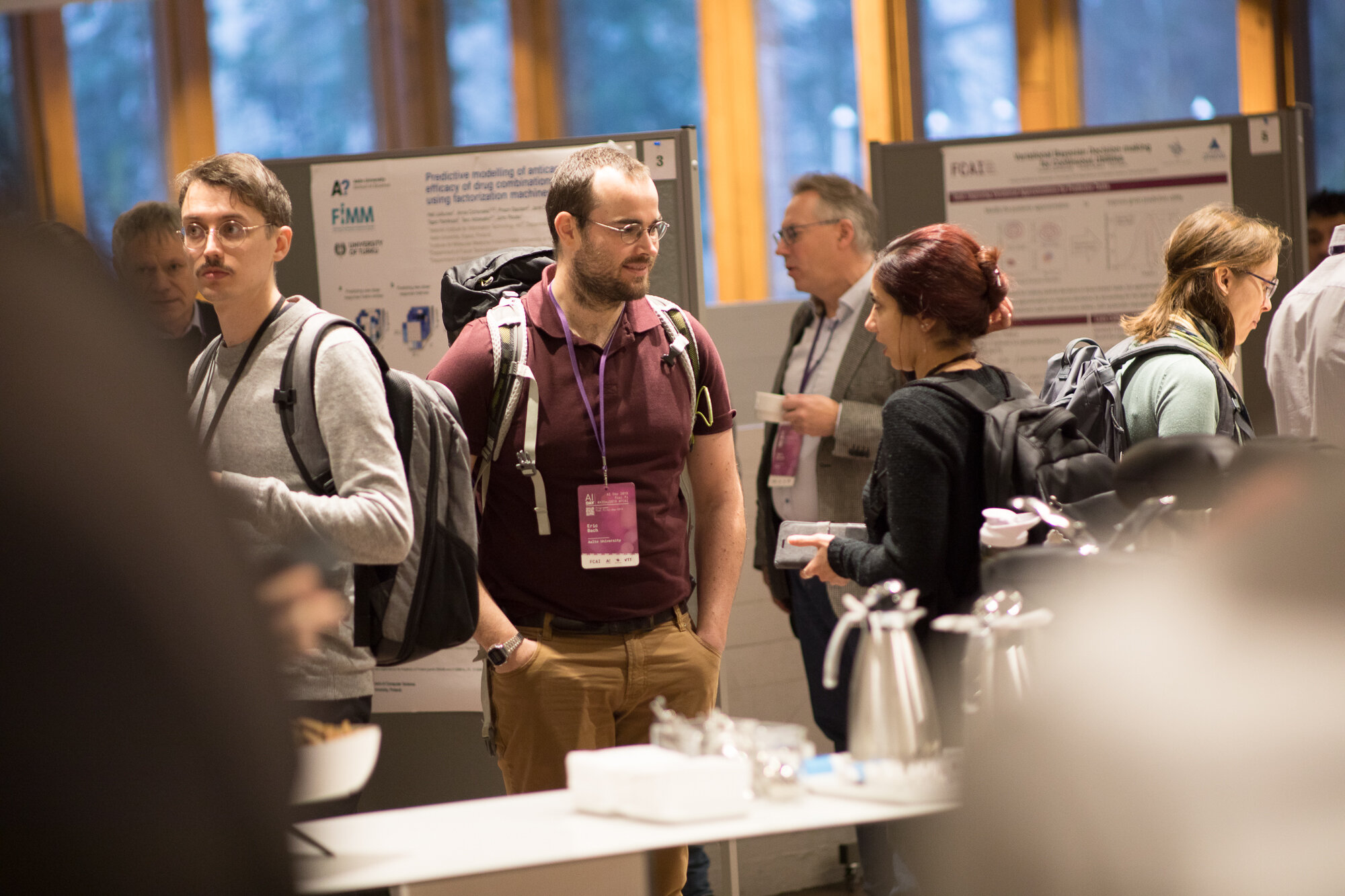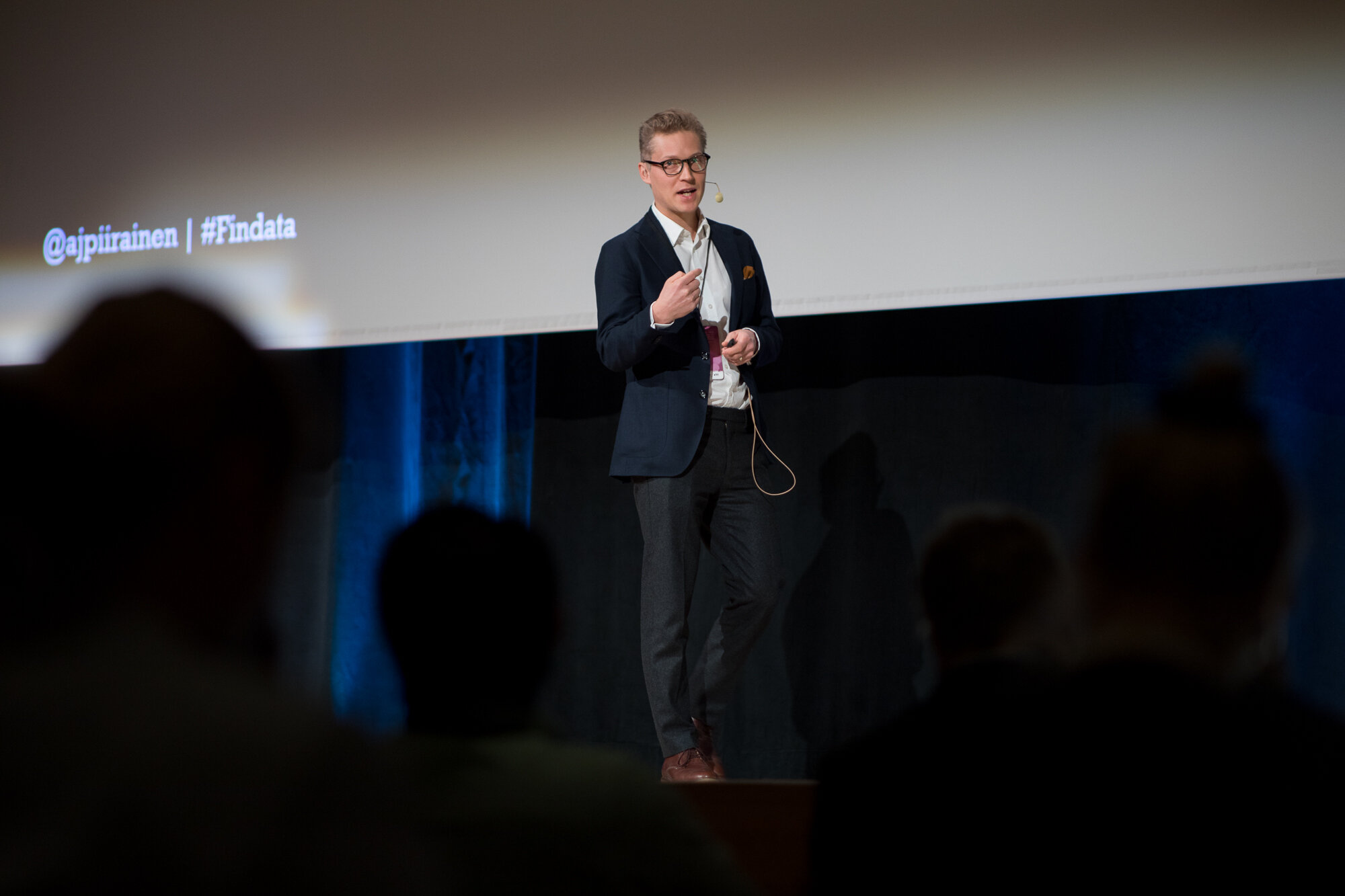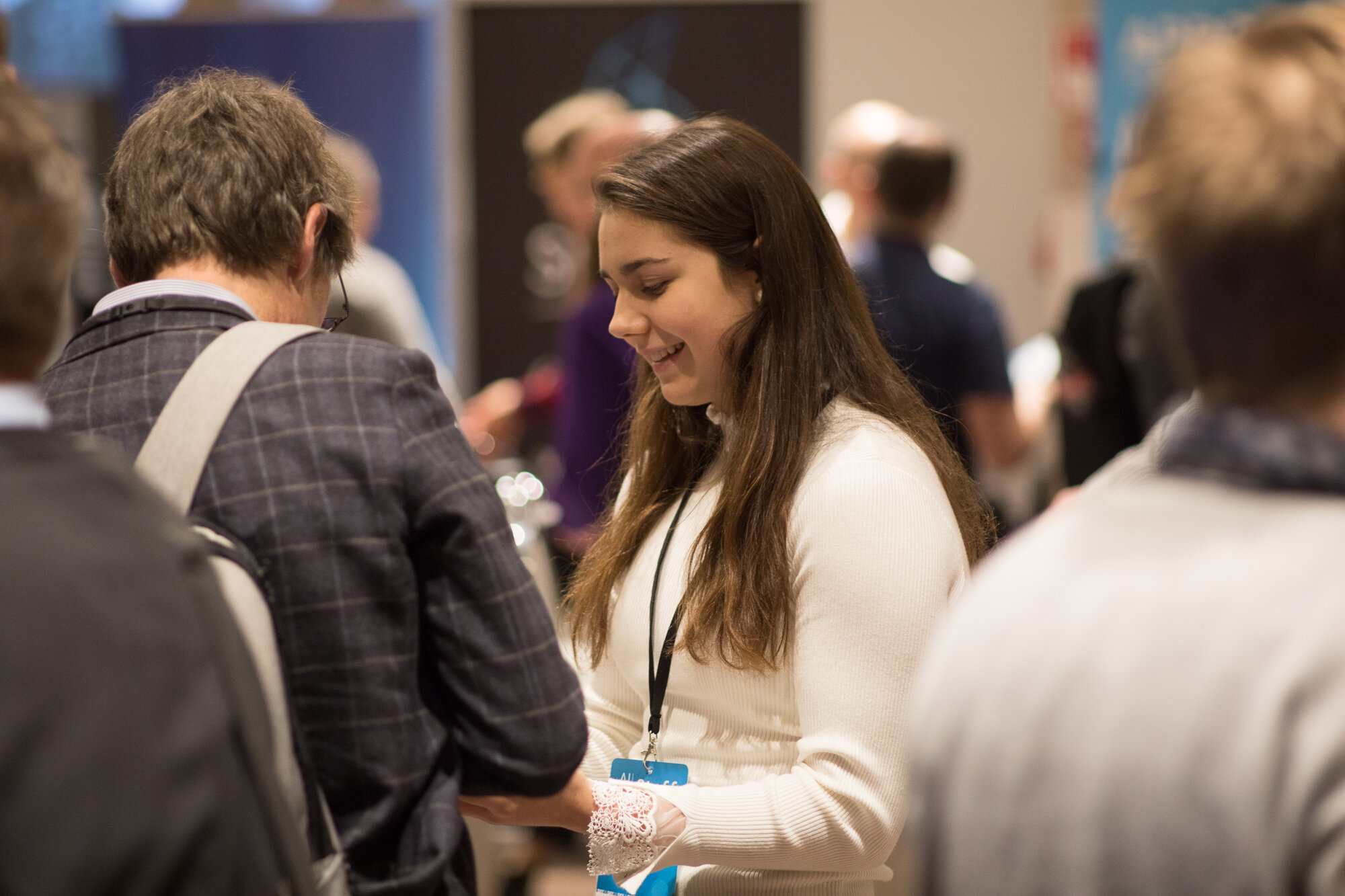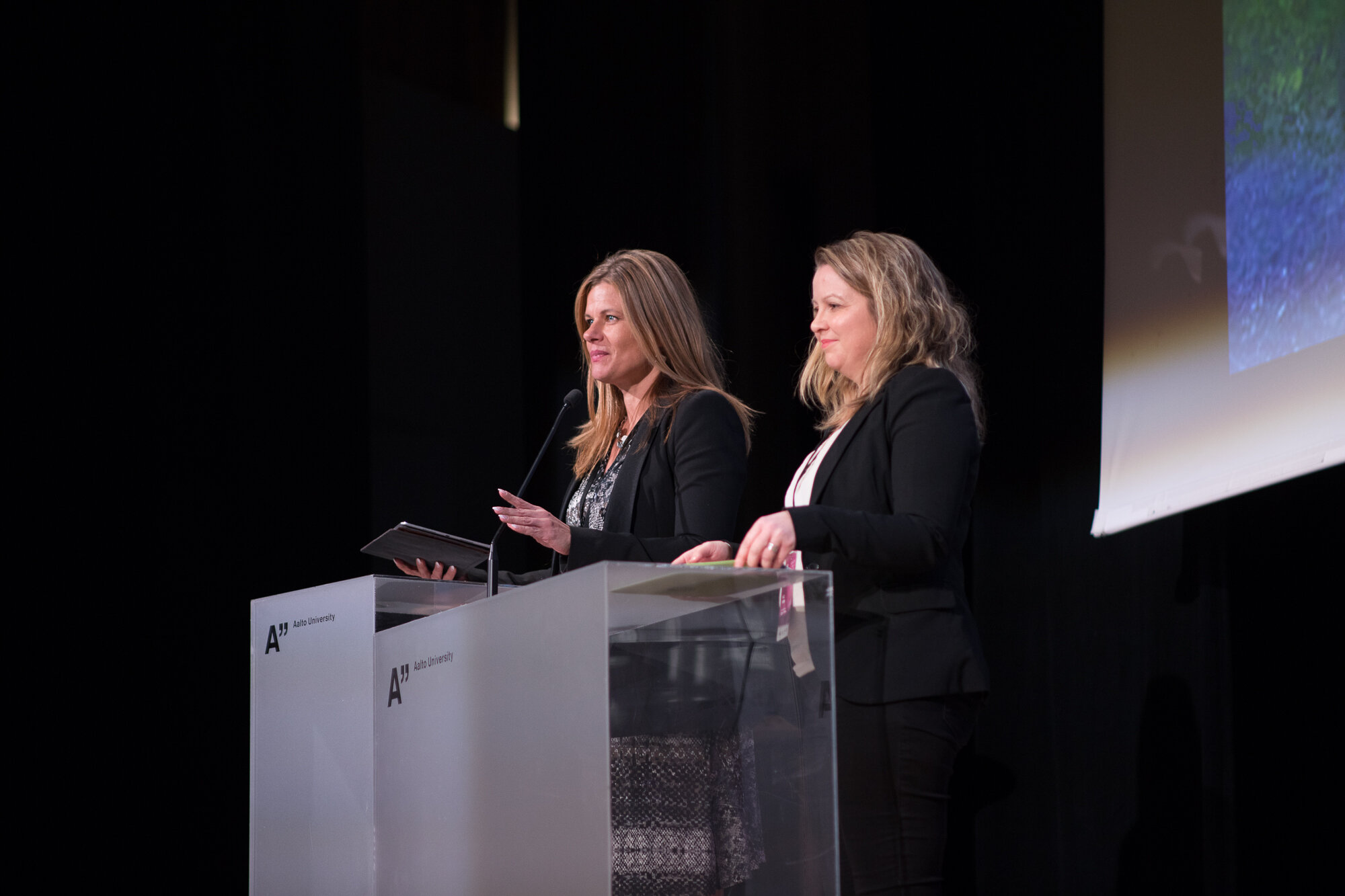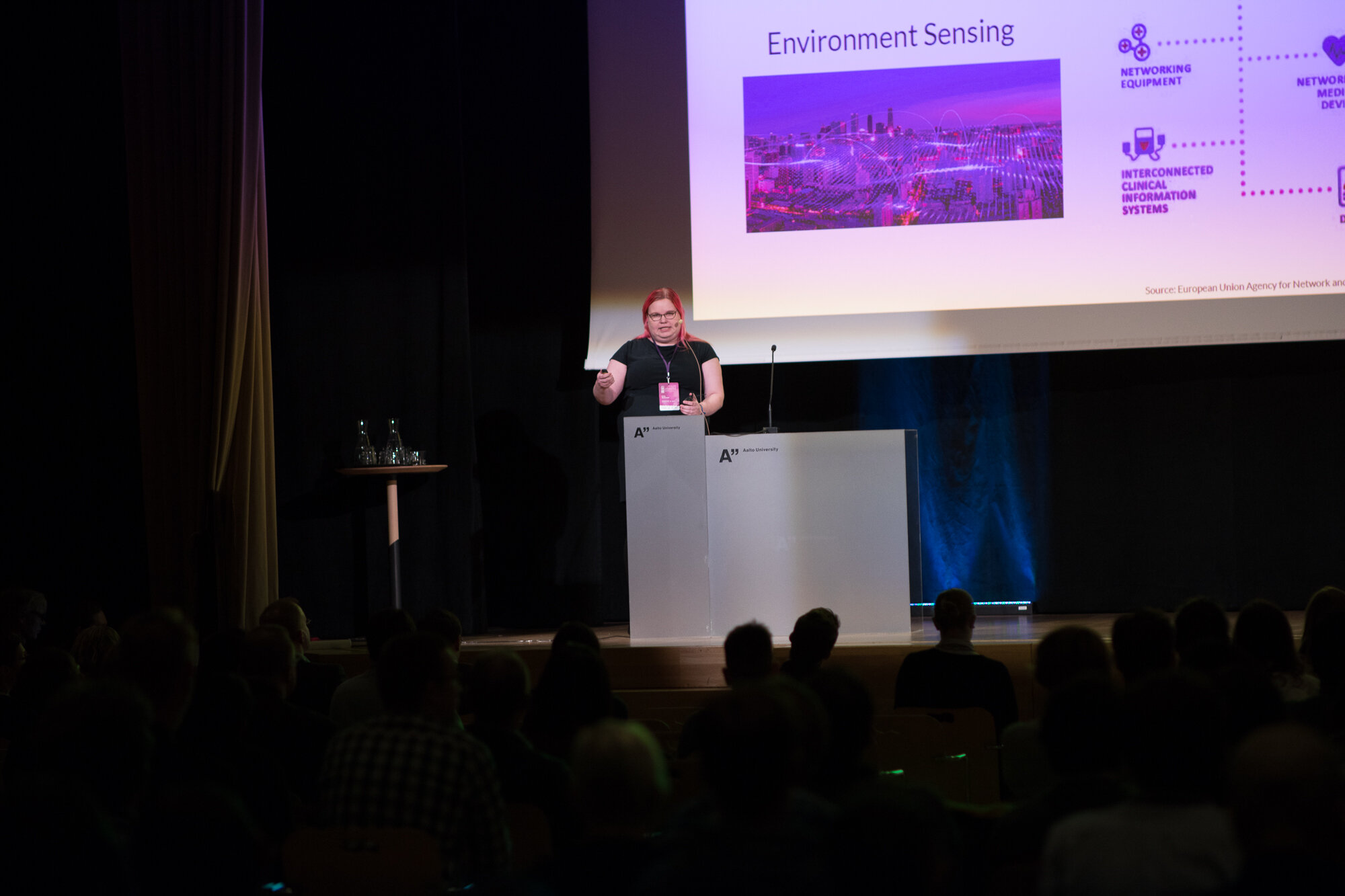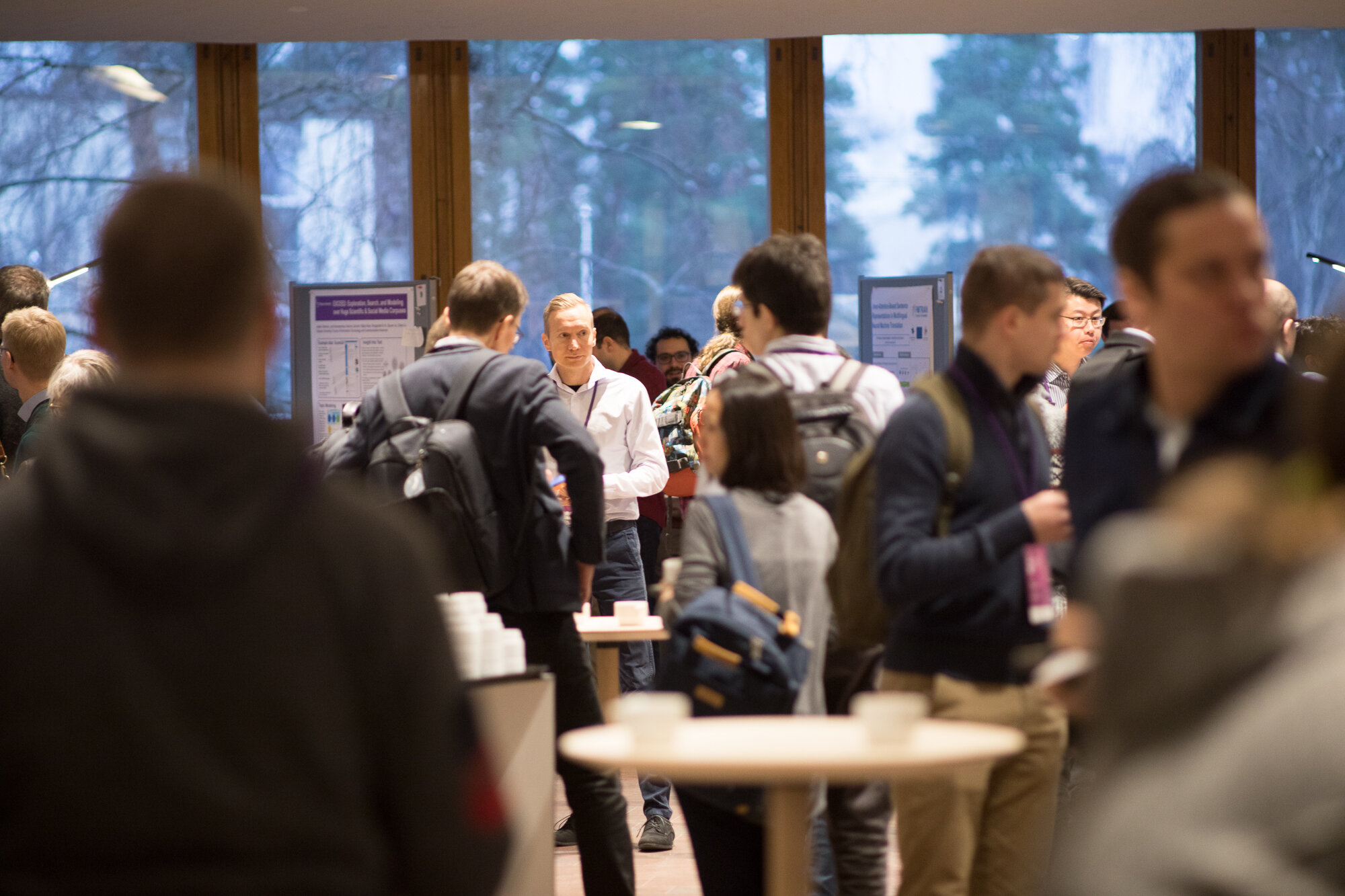Doctoral student Iiris Sundin learned in her studies that a machine learning model could make use of a physician's silent knowledge which usually is never written down. This kind of model predicts best how a given patient will react to specific treatment.
Artificial Intelligence opens up new avenues into health care, for example, but its potential is as of now not fully put to use. There are many reasons, but the most important one became clear to Iiris Sundin as she was starting her doctoral studies on machine learning: machine and Man must learn to work together.
"When I acquainted myself with the research of my advisor, Professor Samuel Kaski, on user modeling where the machine tries to understand the human, I realized the huge potential. Cooperation can mean other things than the human operating Excel or passively staring at projections on the screen," says Sundin, a doctoral student at the Department of Computer Science at Aalto University.
Samuel Kaski is the director of FCAI. Sundin's research combines Medicine, technology and many other interests of hers. She has also always wanted to work at something that benefits other people. On the other hand, she was interested in mathematics and programming.
The role of AI and machine learning in health care is researched a lot. Sundin's point of view is unique in having the machine make use of the doctor's knowledge to define the best possible care for the patient.
There are uncertainties in the world that must factor in when decisions are taken
Physicians have vast quantities of knowledge that is never written down and that is impossible to feed directly into a learning algorithm. Sundin and her colleagues have found out just how the machine could make use of such knowledge in e.g. figuring out the efficacy of a given type of medication.
Sundin and her colleagues have at their disposal, for example, data on gene specimens collected from cancerous cells, courtesy of FIMM, Institute for Molecular Medicine Finland. Researchers took a look at the mutations in the specimens and tried to predict which cancer medicine would work best for each patient.
We don't just discuss the average person, we acknowledge there are differences, and take it into account when reaching decisions.
It is crucial to remember that there are always uncertainties in the world, and thus, also a physician's knowledge of the effect of different mutations can be uncertain. The machine learning model devised by the research group takes this into account. The results show including expert knowledge in machine learning models and emphasizing data improve prognoses on how a given patient will react to a particular treatment.
So the model developed by researchers depicts realistically how sure people are of the different properties of real matters. "I would that such thinking were more common: we don't just discuss the average person, we acknowledge there are differences, and take it into account when reaching decisions. That way, things can be modeled in a more useful manner."
The researcher gets to tell something new about the world
Even though Sundin was fond of mathematics already as a child, and it comes naturally to her to see the world via mathematical thinking, art held a big role in her life, especially when she was young.
As a schoolgirl, she played the piano, sang in a choir, read books and attended art school. Now, she is into yoga, air acrobatics and camping. A researcher can be interested in many things, and creativity, for example, helps at work, too. "When you e.g. make posters for a conference, it is very useful if you can do some of the visual elements yourself."
The antics of engineering students were something Sundin grew up with. Both her parents graduated from the Helsinki University of Technology, and the family always celebrated First of May with parents’ college pals. All the adults sported the traditional tassel caps of engineering students. So engineering studies came naturally. "The degree of an engineer is really well-rounded and offers a good start. You can choose to be a researcher, industrial work or pretty much anything."
I realized researching was such great fun that I rather do more of the same.
Sundin completed her Master’s in Automation and System Technology. Although she never fancied herself a researcher, her interest in it was kindled when she was working on her dissertation. Sundin was modeling the properties of a drop of fluid on different surfaces.
Research offered a way to bring received mathematical ways of thinking and skills into the real world, and to tell something about that world. "I realized it was such great fun that I rather do more of the same."
”You succeed at work if you are open”
Sundin says she sometimes imagined researchers worked alone in their chambers. That is no longer the case, anyway. "You succeed better at work is you are open, socially adept and like to travel to conferences and network with the people there."










